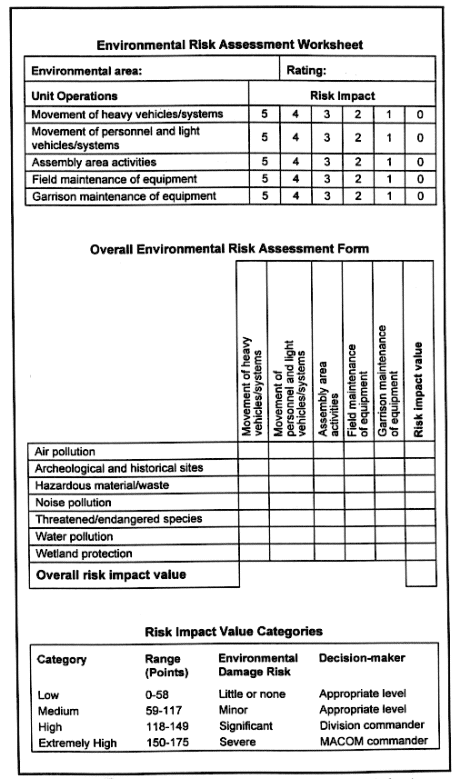
Figure O-1. Environmental risk assessment worksheet.
APPENDIX O Environmental Protection
Protection of natural resources has become an ever-increasing concern. It is the responsibility of all unit leaders to decrease, and if possible eliminate, damage to the environment when conducting all types of operations. |
|||
CONTENTS
|
||||||||
SECTION 1 - ENVIRONMENTAL RISK |
|||
|
Environmental risk management parallels safety risk management and is based on the same philosophy and principles. (NOTE: Refer to the discussion of safety risk management in Appendix C of this manual.) The environmental risk assessment and management process consists of the six steps outlined in the following paragraphs. |
|||
The company teamís leaders must identify potential sources of environmental degradation during their analysis of METT-TC factors. These environmental hazards are conditions with the potential for polluting air, soil, or water and/or destroying cultural or historical structures, sites, or artifacts. |
|||
Leaders can use the environmental risk assessment worksheet in Figure O-1 to analyze the potential severity of environmental degradation for each training activity. The worksheet allows them to quantify the risk to the environment as extremely high, high, medium, or low. The risk impact value is an indicator of these levels of severity. |
|||
Based on the results of the risk assessment, the teamís leaders make decisions and develop measures to reduce significant environmental risks. Risk decisions are made at a level of command that corresponds to the degree of risk. |
|||
Leaders should brief all responsible individuals and agencies (to include the installation environmental office, if applicable) on the proposed operational and training plans and on pertinent high-risk environmental factors. |
|||
The company team commander and subordinate leaders implement environmental protection measures at all stages of operational planning, preparation, and execution. They integrate these measures into plans, orders, SOPs, training performance standards, and rehearsals. |
|||
Company team leaders enforce environmental protection standards during supervision of all training activities. |
|||
SECTION 2 - ENVIRONMENTAL RISK ASSESSMENT WORKSHEET |
|||
To use the environmental risk assessment worksheet (Figure O-1) for a specific operation or training event, the company team commander and subordinate leaders first determine the impact level for each of the five types of unit activities listed in the top part of the worksheet (movement of heavy vehicles and equipment; movement of personnel and light vehicles and equipment; assembly area activities; field maintenance activities; and garrison maintenance activities). This risk impact is assigned a value from 0 (lowest risk) to 5 (highest risk) for each activity. The second part of the worksheet allows leaders to assess the risk impact of these unit activities in seven critical areas of environmental concern. The leaders determine which of the five activities will affect each area and enter the corresponding risk impact value. For example, the commander determines that movement of heavy vehicles (which he has assigned a risk value of 5), "light" movement (a value of 2), and assembly area activities (a value of 4) will affect air pollution during the company teamís upcoming training exercise. He enters those values in the appropriate columns, then adds them together for a total risk impact value of 11 for air pollution. He repeats this process for the other environmental areas of concern. The total of the risk impact values for the seven environmental areas is the overall risk impact value for the operation or exercise. As with other types of risk assessment, decisions concerning environmental risk must be made, and appropriate controls implemented, at the proper level of command. The decision-maker (whether it is the company team commander, a subordinate leader, or a higher commander) uses the risk impact values as a guide in ensuring that the environment in the operational area is protected and preserved. |
|||

Figure O-1. Environmental risk assessment worksheet. |
|||